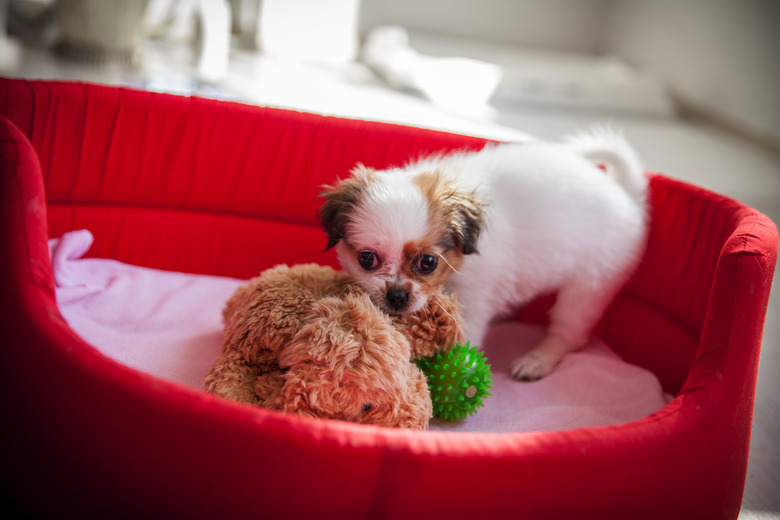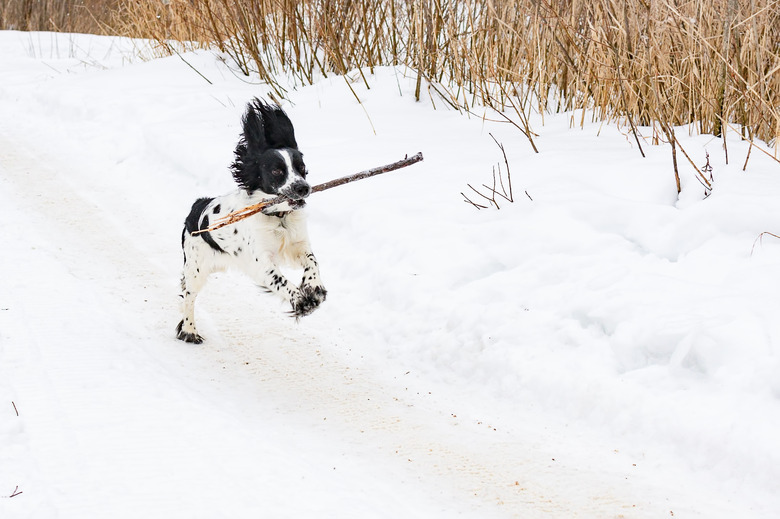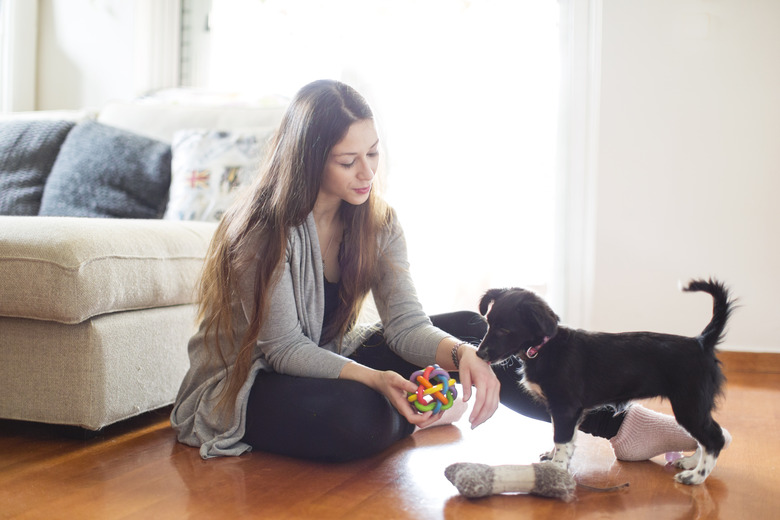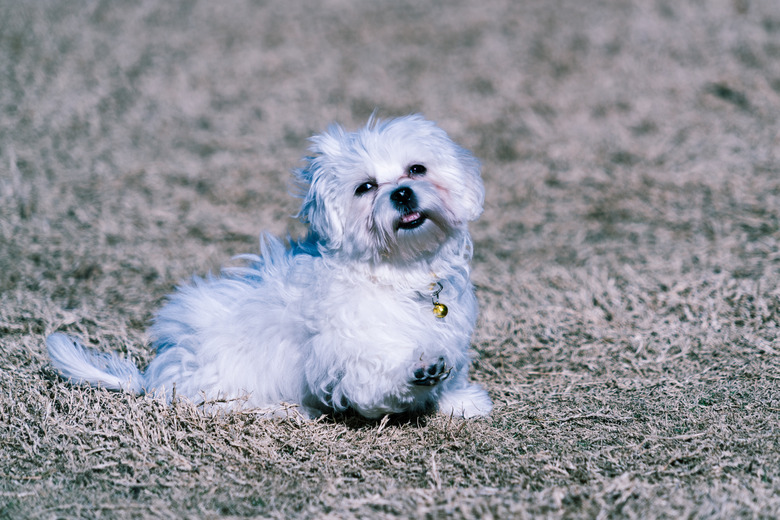How Much Should I Play With My Puppy Each Day?
When you bring home your new puppy, their energy levels are going to be incredibly high. They might run around your house, nip at your toes and hands, lick you excessively, whine because they want you to throw a toy, and scratch at the door so they can go outside.
At this stage, you want to make sure your new puppy is getting enough attention and playtime as they need. Then, they will feel fulfilled and start to calm down a little bit. However, you aren't sure where to start.
By determining your puppy's needs for playtime at this stage, you can ensure they're going to be content and satisfied in their new environment.
How much playtime should a new puppy have?
How much playtime should a new
puppy have?
There is no exact science when it comes to how many play sessions your new puppy needs every day. A good rule of thumb is that a puppy needs five minutes of exercise/playtime for every month of age up to twice a day until they are fully grown. Therefore, a three-month-old puppy would need 15 minutes of exercise per day and 20 minutes when they are four months of age. They can go out for a lot longer once they reach maturity, which is around a year for smaller breeds and a year-and-a-half to two years for larger breeds.
If the five-minute rule isn't working for you, then have playtime with your puppy for at least 20 minutes a day, and then take them out for 20 to 30 minutes of exercise. You'll want to break up the playtime so that they are mentally and physically stimulated throughout the day.
Keep in mind that your dog may need more exercise if they are a high-energy breed, like a Jack Russell Terrier, Dalmatian, Golden Retriever, Siberian Husky, Border Collie, Poodle, Beagle, or German Shepherd. Also, if your dog is running around, whining, scratching at the furniture, or otherwise seems restless, they could need more playtime.
How to play with your new puppy
How to play with your new
puppy
When playing with your new puppy, you'll want to show them that it's not OK to bite you or anyone else. Make sure everyone in your household knows that hands are off-limits for puppy playtime. (For more help with this issue, check out our article The Quickest Way to Stop Puppy Biting.)
Additionally, you can get them some new toys that are squeaky, balls that roll around, toys that you can hide peanut butter in, and ropes and play fetch with them. Make sure you buy new toys that are designed for puppies and not adult dogs, or else they could be dangerous to your pup. It's good to keep some toys on the floor that your pup can play with whenever they like. They may also lay them at your feet to show you they're ready to play.
Emphasize puppy socialization
early on
Early on, you'll want to safely introduce your puppy to other people, sounds, sights, and smells, using positive reinforcement to help them have pleasant associations with all these experiences. You can play with your puppy in different areas of your home, and make sure they get in some playtime outside as well.
Then, once they have been fully vaccinated, you can emphasize socialization with other dogs by taking them to puppy classes, and then when you are both ready, to the dog park. Make sure that when you go to the dog park, you're taking them into an area with only small dogs. Also, watch how they're interacting the entire time and see how other dogs are reacting to them. If they are growling or seem aggressive, you'll want to take them out as soon as possible. Avoiding bringing their toys and treats into the park, as they may cause fights.
The bottom line
The bottom line
Playing with your new puppy for five minutes for every month of age or at least 20 minutes a day is going to be your best bet. Remember that you'll need to exercise them as well by taking them out for walks. By giving them enough new toys and other types of stimulation, they should grow into a well-adjusted and happy dog.



